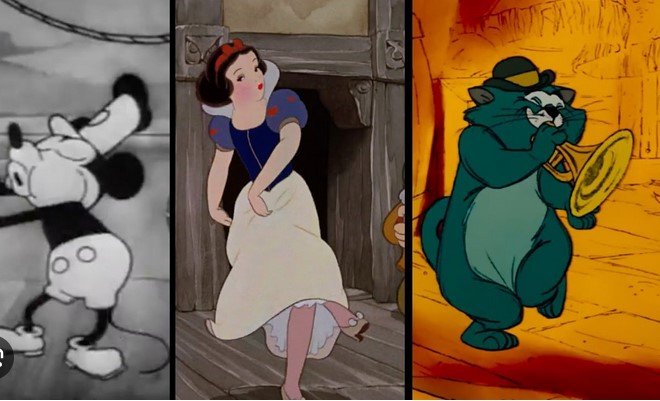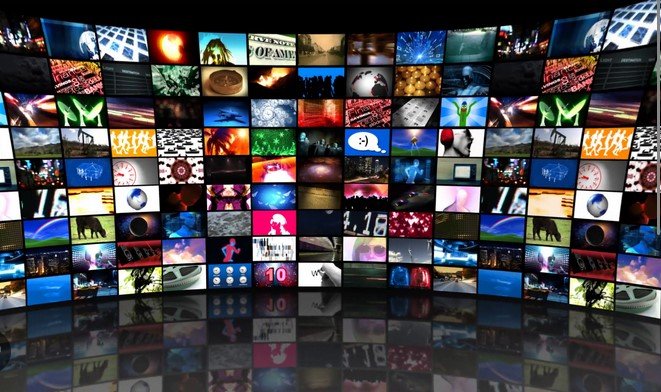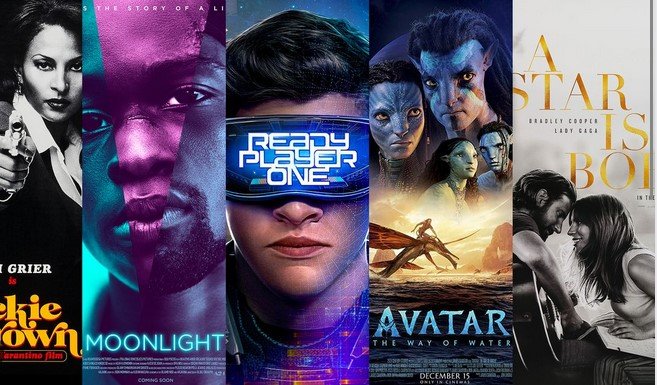Animation has come a long way since its humble beginnings. What was once a niche form of entertainment is now one of the most significant and influential parts of the movie and television industries. From hand-drawn classics to state-of-the-art computer-generated imagery (CGI), animation has evolved dramatically over the years. In this post, we will explore how animation has developed, the technologies involved, and its impact on modern entertainment.

The Early Days of Animation
The roots of animation can be traced back to the early 20th century, when artists used hand-drawn techniques to create moving pictures. Early films like Steamboat Willie (1928), starring Mickey Mouse, marked a pivotal moment in animation history. These films relied on traditional 2D animation, where each frame was carefully drawn by hand. The process was time-consuming, but it allowed for the creation of captivating, imaginative worlds. The 1930s and 1940s saw the rise of animation studios like Disney, which revolutionized the industry with the first full-length animated feature, Snow White and the Seven Dwarfs (1937). This period laid the foundation for the future of animation in movies and shows.
The Rise of Computer-Generated Imagery (CGI)
The 1990s marked a turning point for animation with the introduction of computer-generated imagery (CGI). This technology allowed animators to create more realistic and dynamic visuals, pushing the boundaries of what animation could achieve. Pixar’s Toy Story (1995) was the first feature-length film made entirely with CGI, signaling the dawn of a new era in animation. CGI technology allowed for smoother movements, more detailed textures, and more complex environments, making it possible to bring to life characters and worlds in ways that were previously unimaginable. Films like Shrek (2001) and Finding Nemo (2003) showcased the potential of CGI, and it quickly became the standard in both film and television animation.
The Emergence of 3D Animation in Television
While 3D CGI movies were gaining popularity in theaters, 3D animation also began to make its mark on television. Shows like The Simpsons had already established the popularity of 2D animation for TV, but in the late 1990s and early 2000s, 3D animation began to emerge on smaller screens as well. Shows like ReBoot (1994) and Beast Wars: Transformers (1996) used 3D animation techniques that would later influence many animated television series. With the rise of networks like Cartoon Network and Nickelodeon, 3D animation found its place in children’s programming, with shows like The Penguins of Madagascar and Bob the Builder introducing younger audiences to the art of 3D animation on TV.
The Impact of Virtual Reality (VR) and Augmented Reality (AR)
More recently, virtual reality (VR) and augmented reality (AR) have begun to influence animation in both movies and shows. These technologies allow audiences to interact with animated characters and environments in a way that was previously impossible. In VR, users can step into an animated world and experience it firsthand, while AR blends the animated world with real-world surroundings. This has opened up new opportunities for immersive experiences, from interactive movies to video games. VR and AR also provide animators with new tools to create dynamic, engaging experiences that go beyond traditional animation.
The Future of Animation: AI and Beyond
Looking ahead, the future of animation seems poised to take advantage of cutting-edge technologies like artificial intelligence (AI). AI is already being used to enhance animation production, helping to streamline workflows and create more realistic animations faster. For example, AI-driven tools can analyze frames and automatically generate animations or predict movements, reducing the time spent on tedious tasks. Additionally, advancements in motion capture and 3D scanning will continue to push the boundaries of animation, allowing for more lifelike characters and environments. As the technology continues to evolve, animation in movies and shows will only become more advanced, offering new forms of storytelling and experiences for audiences worldwide.
Conclusion
Animation has evolved from simple hand-drawn sketches to highly sophisticated digital creations, with each advancement bringing new possibilities for storytelling and entertainment. From the pioneering days of Disney to the rise of CGI and the integration of VR and AR, animation has constantly pushed the boundaries of what’s possible in film and television. As new technologies like AI continue to shape the future, the world of animation will undoubtedly keep evolving, providing exciting and immersive experiences for audiences everywhere.











